Transfer of Rights for Product Photographs
In the dynamic field of product photography, the importance of high-quality images to promote and communicate the essence of a product is undeniable. However, managing copyright and intellectual property rights of photographed products, as well as maintaining the confidentiality of product-related information, presents a unique challenge for businesses and photographers. This article offers an in-depth exploration of the complex topic of assignment of rights for product photographs, to successfully navigate these intricate waters.
Assignment of Rights in Product Photography
The assignment of copyright in product photography involves not only the transfer of certain usage rights of the images from the photographer to the client company but also takes into account the rights related to the products themselves. This dual layer of rights requires particular attention to ensure that images can be used without infringing on copyrights or violating the intellectual property linked to the products.
Copyright and Intellectual Property of Products
When it comes to photographing products, copyright issues extend beyond the images themselves to include the design and trademarks of products appearing in the images. Companies must ensure they have the right to reproduce and distribute images of their products, especially if these products contain elements protected by intellectual property, such as logos or unique designs.
For example, when photographing a contemporary piece of furniture in an advertising campaign, it is essential to consider copyright and intellectual property aspects. This piece of furniture may incorporate a unique design or specific aesthetic elements protected by intellectual property. These elements can include innovative shapes, patterns, or functional features that distinguish the furniture from other products on the market.
For companies, reproducing and distributing images of this furniture without the appropriate permissions could lead to intellectual property rights violations. This is particularly relevant if the furniture contains distinctive design elements or registered trademarks recognized as the intellectual property of the creator or manufacturer.
In such a context, before proceeding with photographing the furniture for advertising purposes, the company must:
- Obtain a License or Agreement: It is crucial to secure a license or written agreement from the intellectual property rights holder, allowing the reproduction and distribution of the furniture’s image. This agreement should specify the scope of permitted use, the distribution channels where the image will be displayed, the duration of use, and any geographic restrictions.
- Verify Protected Elements: Ensure that all elements of the furniture protected by intellectual property are properly identified and that permission to use them in images is clearly granted. This may include checks with intellectual property offices to confirm the extent of protection.
- Respect the Terms of the Agreement: Strictly adhere to the terms of the license agreement, making sure not to exceed the granted rights. For example, if the agreement specifies that the image can only be used for an online advertising campaign, the company should not use the image for print or outdoor displays without obtaining an extension of rights.
- Credit and Attribution: If required by the agreement, provide appropriate credit or attribution to the furniture designer or manufacturer in the advertising materials. This formally acknowledges the creator’s work and intellectual property.
By following these steps, companies can avoid legal complications related to copyright and intellectual property violations while effectively using product photographs to promote their items. This ensures respectful collaboration among creators, manufacturers, and companies, while valuing design and innovation in the contemporary furniture sector.
Photographer’s Obligations Regarding Photographed Products
The importance of non-disclosure agreements (NDAs) in the context of photographing new products is crucial for companies that want to preserve the confidentiality and protection of their innovations. Before a product’s public launch, every detail, image, or piece of information about it is highly sensitive. Premature disclosure can not only compromise the product’s launch strategy but also provide a competitive advantage to rivals. Here is how NDAs help secure this information:
- Clear Definition of Confidential Information: An NDA must clearly identify which information is considered confidential. This includes product images, descriptions, technical specifications, and any other data related to the product that is not yet public. By precisely defining what is covered, the parties better understand their obligations.
- Restrictions on Disclosure: The agreement must specify limits on the dissemination of confidential information. This includes who can view the product images, how they may be used (for example, only for internal marketing preparation), and where they may be stored or shared. These restrictions help minimize the risk of accidental or intentional leaks.
- Duration of Confidentiality: A key aspect of the NDA is the length of time the information must remain confidential. Typically, this period extends until the product’s public launch but may continue afterward if certain information remains sensitive.
- Consequences of Breach: The consequences of violating the NDA terms must be clearly stated in the agreement. This includes financial penalties, damages, and other legal remedies. These provisions discourage unauthorized disclosure and provide recourse in case of information leaks.
- End-of-Contract Procedures: The NDA should also describe what must be done with confidential information once the contract ends or the product is launched. This may include the destruction of all copies of the images or the return of documents to the owner.
For company teams involved in photographing new products, understanding and respecting NDAs is essential. It ensures that all team members (including photographers, marketers, and product designers) work together to protect the company’s commercial and strategic secrets. By implementing strong confidentiality agreements, companies can confidently navigate the successful launch of new products while preserving their competitive edge.
Elements to Include in the Rights Transfer Agreement
To effectively cover the legal and commercial bases, rights transfer contracts in product photography should include the following elements:
- Identification of the Parties: Details of the involved parties, including the photographer and the client company.
- Description of the Photographed Products: A detailed description of the products, including considerations regarding intellectual property.
- Scope of the Transfer: The rights granted, taking into account the use, distribution, modification of the images, and the representation of the products.
- Confidentiality Agreements: Terms specifying the handling of sensitive information about the products, especially for new product launches.
- Financial Compensation: The terms of payment for the use of the images.
Conclusion
Product photography is a cornerstone of corporate communication but requires careful management of copyright and intellectual property rights. With Rétines as your partner, businesses can confidently navigate the complex landscape of copyright while protecting their products and maximizing the visual impact of their campaigns. Preserving confidentiality while respecting intellectual property is not only a legal necessity but also a smart business strategy. Let’s work together to ensure that image usage fully respects copyright and enhances your brand. Let’s talk!
Jérémy Carlo is the editorial director at Rétines, where he ensures the consistency and clarity of all content produced by the studio.
At Rétines, our expertise is in :
Working Working with us, you benefit from the experience of a motivated, trained and friendly team.
Our Clients

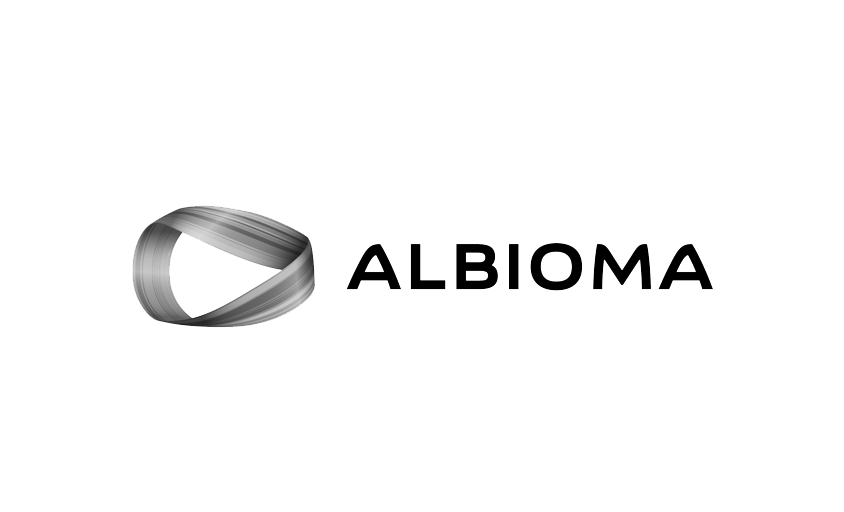
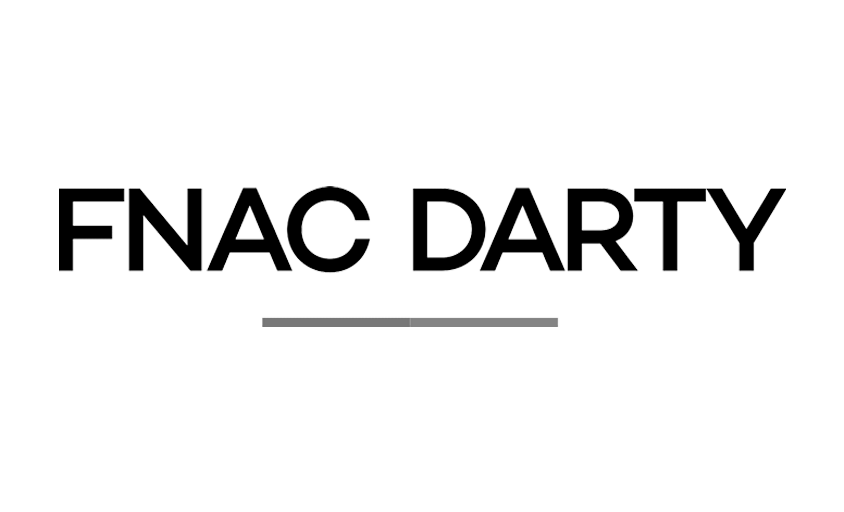
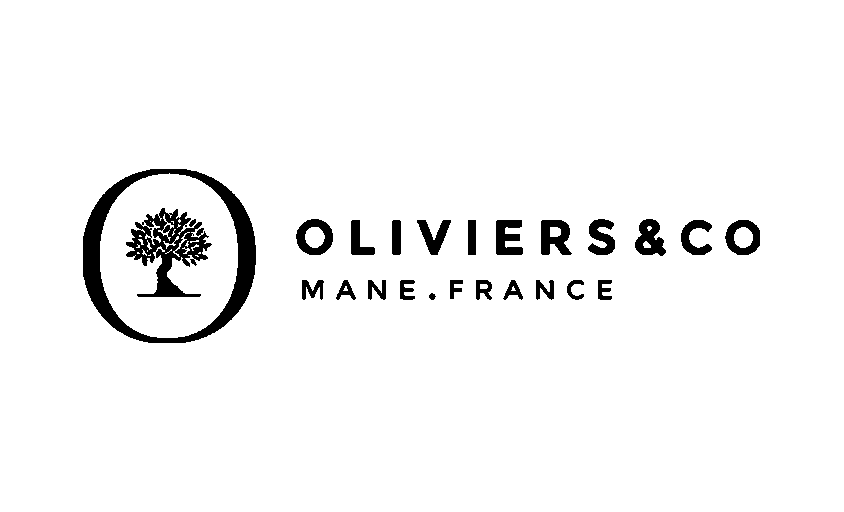

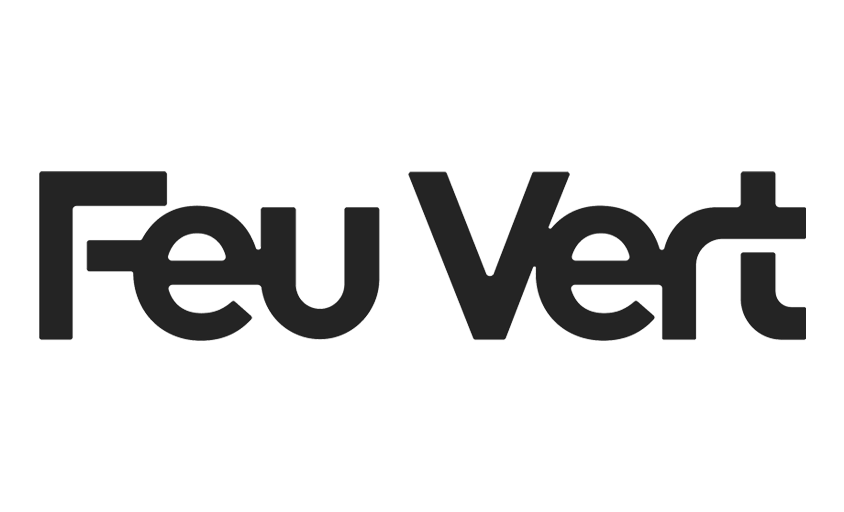
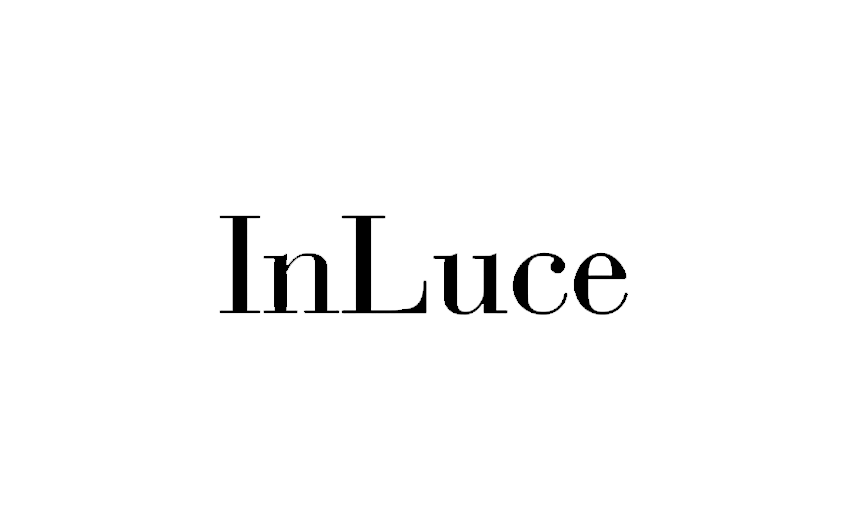


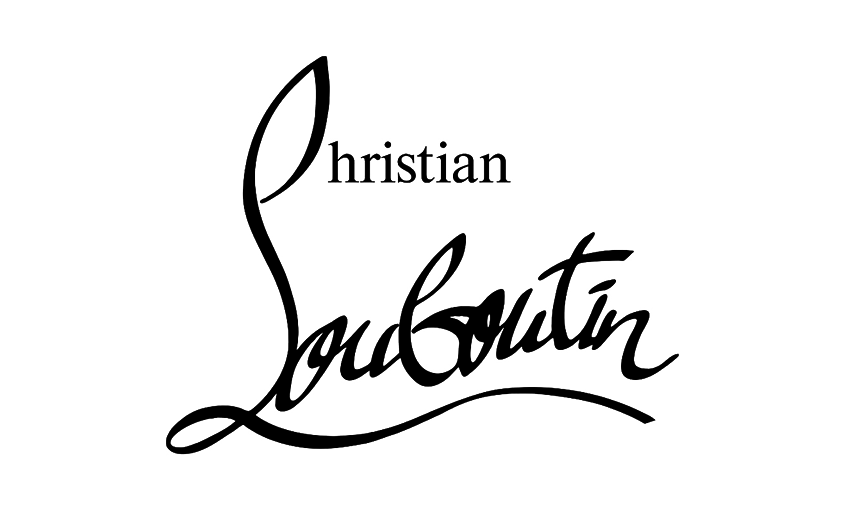

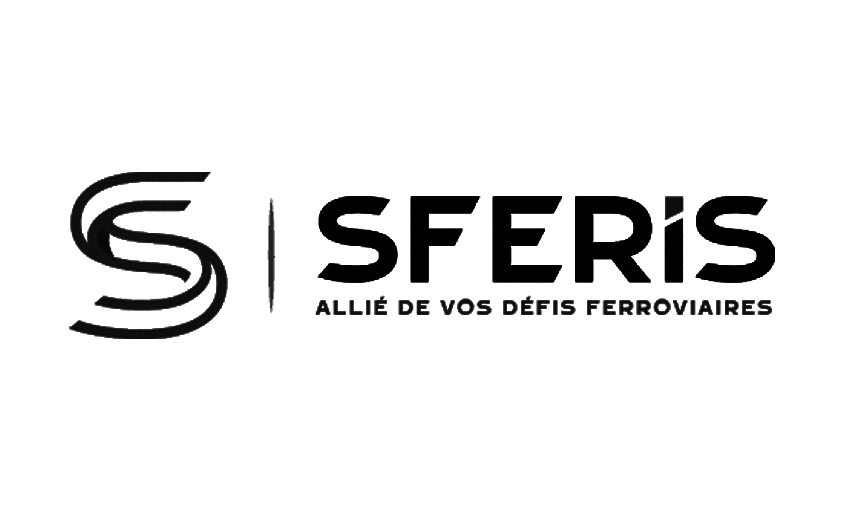
Let’s discuss
What we do for you at Rétines
Meticulous work, an organised project and fast delivery. And to achieve this, we mobilise the right resources in our teams at the right time.
01
Pre-production
Artistic and technical direction tailored to the project.
Relevant recommendations on content, form and resources.
02
Photo Shooting
Photos taken by our experienced photographers.
Production that’s controlled, efficient and tailored to the needs of the project, with nothing superfluous.
03
Retouching
Technique
Photographs magnified by our retouching team.
Post-production to meet the commercial challenges of the brief.
